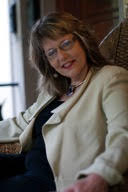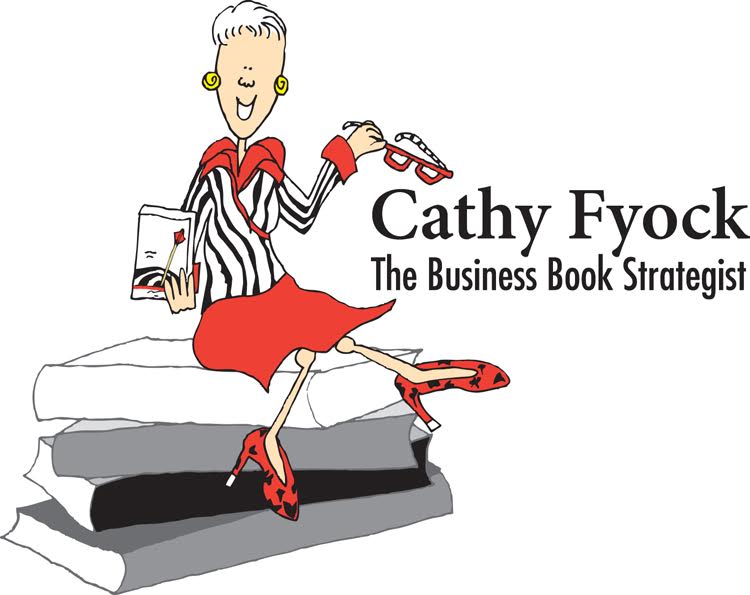 Memoir is a form of nonfiction, much like autobiography, but with more of a focus on storytelling that focuses on a specific time or event in one’s life. Famous people write autobiography. Non-famous people write memoir.
Memoir is a form of nonfiction, much like autobiography, but with more of a focus on storytelling that focuses on a specific time or event in one’s life. Famous people write autobiography. Non-famous people write memoir.
Memoir is storytelling, using fictional techniques—characterization, plot, dialogue, and vivid description— to narrate the truth. In the case of a book, structure has become almost as important as content. In fact, one would argue that a chosen structure can dictate content.
There are pitfalls and challenges, which I’ll discuss with the facilitator and participants in this Webinar. Here are a few:
· If memory is unreliable, how does the memoirist tell the “truth?”
· What strategies can the writer use to fill in memory gaps?
· How does the memoirist characterize a protagonist who is also the narrator?
· How can the writer avoid seeming narcissistic?
· Can the writer accurately reproduce dialogue?
· How can a writer create plot and suspense from true lived events?
· Should the memoirist include details about difficult events involving family/friends?
· Are there liability issues to consider when writing true stories?
Kimberly Crum, MSW, MFA (Writing) owns Shape & Flow—a writing instruction studio at a repurposed slaughterhouse in Louisville Kentucky. There, she enjoys leading memoir workshops, attended primarily by persons who want to tell life stories, for posterity or publication.
Kimberly’s nonfiction has been published in journalistic and literary venues. As a freelance writer, she has received awards from the Society for Professional Journalists (Metro Louisville Chapter) for her magazine articles. Kimberly serves as president of the board of directors of Louisville Literary Arts, and is almost finished with the first draft of a segmented memoir—When I Find Myself: A life in eight stages.
